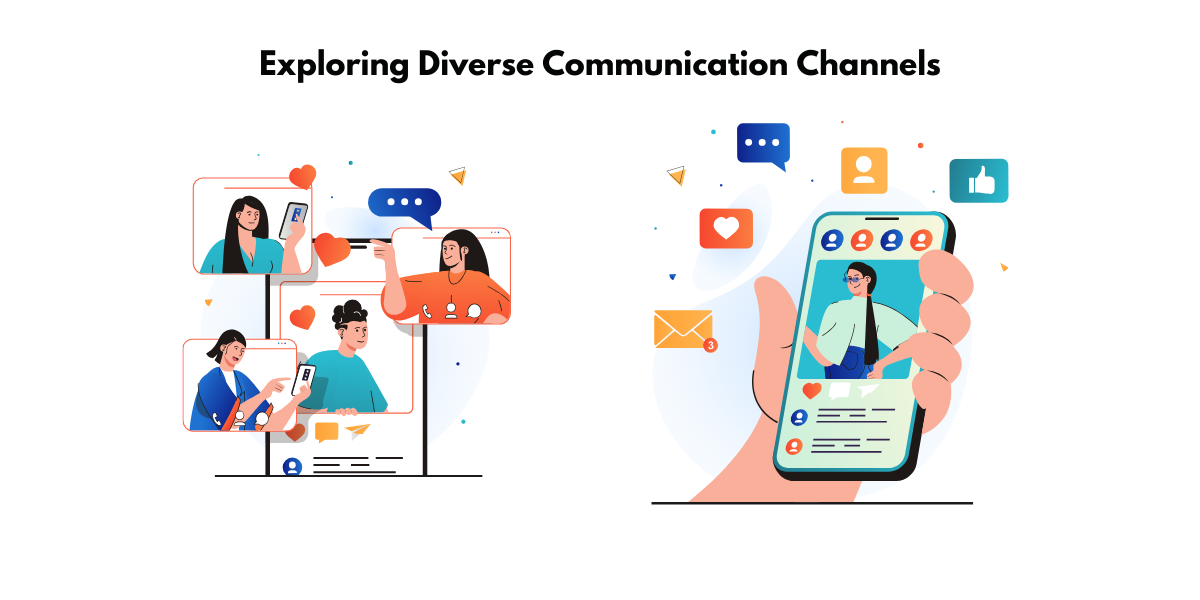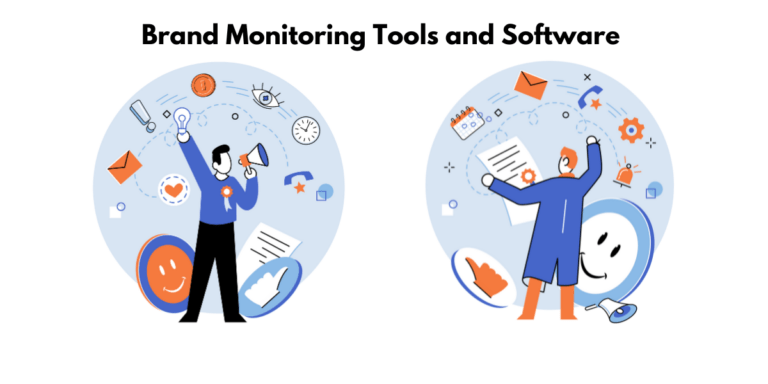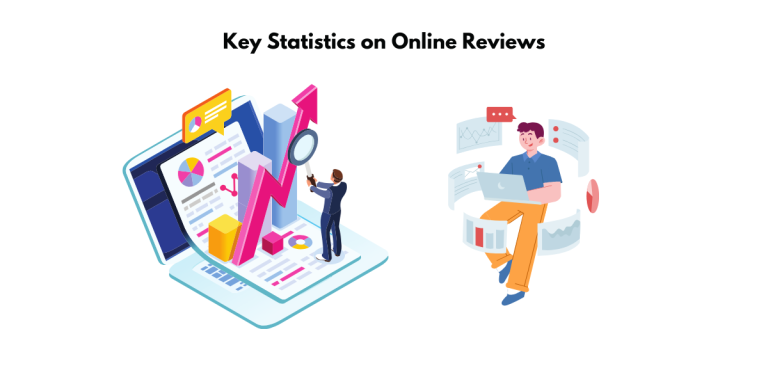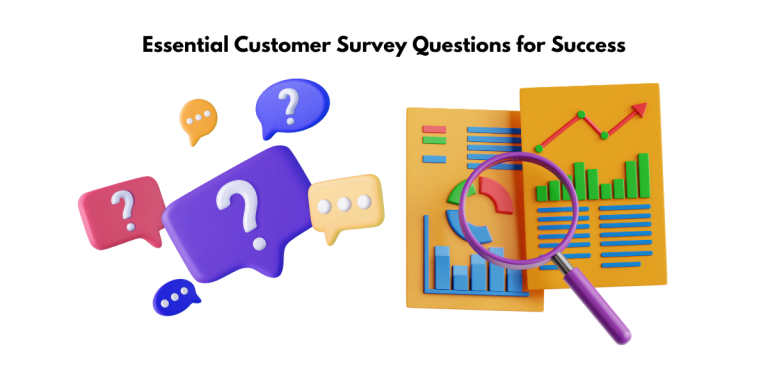Understanding the Veins of Communication
The Cornerstone of Effective Interaction
Communication is the lifeline of any thriving business or community. Just like veins carry vital nutrients to different parts of the body, effective communication channels transport essential information, ideas, and emotions to where they’re needed, sustaining and nurturing business relationships. By understanding the various channels available and their unique strengths, you can optimize your interactions for better connection and collaboration.
Diverse Pathways for Diverse Purposes
The beauty of communication lies in its variety; there’s a fitting channel for every message and audience. You adapt your communication pathways to reflect the diversity of your team and clientele. Perhaps an email suffices for detailed project updates, while instant messaging is perfect for quick check-ins. Or maybe, for sensitive matters, only a face-to-face conversation will do. The goal is to match the message with the medium, ensuring clarity and resonance with your audience.
Remember, a one-size-fits-all approach rarely works in effective communication. By embracing diverse channels, you foster an environment where everyone can receive and interpret messages in the manner most suited to their preferences and needs.
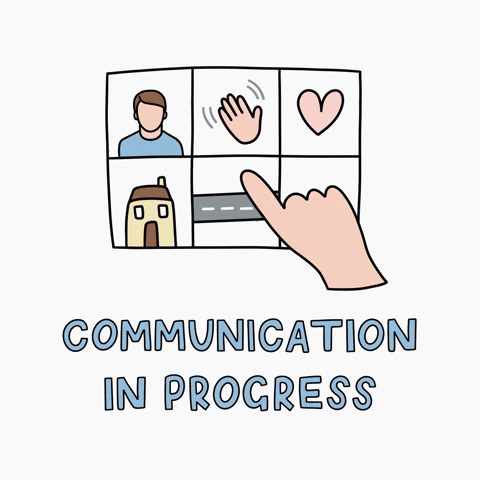
Top Communication Channels Every Business Should Consider
Traditional Communication Channels
Traditional communication channels, such as face-to-face conversations and phone calls, have stood the test of time due to their personal touch and immediacy. You can’t beat the nuanced understanding derived from a person’s tone, expressions, and body language during an in-person meeting. And nothing conveys urgency quite like a phone call.
These methods have proven effective for building trust, fostering strong relationships, and ensuring clear comprehension. Despite the rise of digital channels, these traditional methods remain indispensable, particularly for sensitive or complex discussions where misunderstandings must be avoided at all costs.
Digital Communication Channels
As you dive deeper into the digital age, digital communication channels become ever more pivotal. Email, the workhorse of business communication, is perfect for conveying clear, detailed messages or documents that can be referred back to. Instant messaging apps offer real-time collaboration, a lifesaver for quick decision-making processes. And let’s not overlook social media, which has revolutionized the way you connect with wider audiences and personalize your brand’s voice.
Each channel presents distinct advantages, such as convenience, speed, and broad reach, reshaping how you conduct business internally and externally. They enable you to maintain continuous, flexible, and often cost-effective dialogue across different time zones and geographical borders.

Emerging Communication Technologies
Keeping an eye on emerging communication technologies is like peering through a window into the future of connectivity. Augmented reality (AR) and virtual reality (VR) are starting to wander from the gaming world into your offices, providing immersive experiences for training and remote collaboration. Artificial Intelligence (AI) is weaving into customer service through chatbots, enhancing response times without sacrificing the personal touch.
These technologies not only aim to improve how you communicate but also strive to revolutionize the overall experience of interaction, offering innovative, engaging ways to convey complex information and concepts.
Internal Communication Channels for Teams
When it comes to knitting your team together, internal communication channels play a pivotal role. From enterprise social networks that mimic the familiarity of social media to project management tools that keep everyone on the same page, the choices are manifold. They offer a lifeline for teams, especially in the era of remote and hybrid work models.
Imagine discussing project timelines on a collaborative platform or sharing company-wide announcements through an intranet. Features like read receipts and comment sections ensure that your messages don’t just go out into the void but generate engagement. By carefully selecting and integrating these tools, you nurture a culture of transparency and efficiency within your team.
Customer-focused Communication Channels
Building a bridge to your customers requires choosing the right customer-focused communication channels. Live chat on your website invites real-time interaction, while CRM (Customer Relationship Management) systems capture customer preferences and history, providing a personalized touch during follow-ups. In the hustle-bustle of social media, timely responses can bolster your reputation for customer care.
It’s all about being where your customers are and serving them in a way that exceeds expectations. Thoughtful integration of channels like chat support, email, and social media ensures your customer service feels seamless, warm, and above all, responsive to customer needs.
Integrating Multi-channel Communication Strategies
Integrating multi-channel communication strategies means orchestrating various platforms to play in harmony rather than in silos. It’s about ensuring that a customer can start a conversation via live chat and seamlessly transition to email or phone without missing a beat. On the internal front, it could mean syncing your project management tools with your internal chat software to streamline discussions and workflows.
By bringing these channels together, you offer a unified experience, minimize the risk of miscommunication, and enhance the overall quality of service. Just keep in mind not to overload either your team or customers with too many options—concise, coherent, and complementary channels tailored to their needs work best.

Digital Avenues Paving the Way Forward
Tapping into Technological Conduits
Harnessing the potential of technological conduits can unlock levels of productivity and connectivity you’ve only imagined. Think of AI-powered analytics that glean insights from your communication trends or cloud-based platforms that facilitate unrestricted access to information regardless of your location. These conduits aren’t just pathways; they’re extensions of your business intelligence and collaborative spirit.
By adopting these innovations, you not only streamline the flow of information but also anticipate and respond to the evolving needs of your stakeholders. It’s about being proactive rather than reactive, ensuring that every piece of communication is purposeful and potent.
Balancing Speed and Security in the Digital Realm
In the sprint for speed, you must not let security become an afterthought. In the digital realm, the two must go hand in hand, as even the fastest communication is futile if it’s not secure. Platforms that offer encryption, two-factor authentication, and strict data protection are crucial when sharing sensitive information.
You need channels that provide the immediacy businesses crave without compromising the confidentiality they require, especially when dealing with personal data, intellectual property, or financial details. It’s a delicate but essential balance, essential for maintaining trust and integrity in a digital landscape where threats can come from anywhere at any time.
Face-to-Face Encounters: The Power of Personal Connection
Foster Trust and Build Relationships With In-Person Interactions
In-person interactions remain the gold standard for trust-building and relationship cultivation. There’s an irreplaceable value in shaking hands, sharing a space, reading body language, and the intangible ‘chemistry’ that can arise from physical presence. These connections lay a foundation of trust and understanding that is difficult to replicate through pixels and screens.
When you meet someone face-to-face, you’re engaging in an experience that encompasses more than just words. It’s about the atmosphere, the energy in the room, and the shared moments that silently weave into the fabric of a strong, enduring business relationship.
When Virtual Presence Amplifies Engagement
Even though meeting in person has its advantages, sometimes circumstances dictate that you connect virtually—and that’s not necessarily a compromise. Virtual presence via video conferencing can amplify engagement by bringing a visual element to remote communication. You’re able to read facial expressions, interpret tone, and establish a more personal connection than what’s possible through voice or text alone.
In the current landscape where remote work is prevalent, video calls are vital for inclusivity, ensuring everyone on your team feels seen and heard. They can also be less intimidating for client interactions, offering a friendly face without the formality of an office setting, which can foster a warmer, more collaborative atmosphere.

Maximizing Multimedia: Video, Audio, and Beyond
The Visual Impact of Videoconferencing and Recorded Content
The visual impact of videoconferencing and recorded content cannot be overstated. It’s like a bridge that connects the intimacy of face-to-face meetings with the convenience of digital communication. Videoconferencing allows you to present yourself and your environment, making interactions more memorable and engaging. Meanwhile, recorded videos serve as powerful tools for conveying messages that can be revisited, understood, and absorbed at the viewer’s pace.
Videoconferencing is essential for maintaining human connections in a digital workspace, whereas recorded content offers a reference point that strengthens the clarity and retention of your message. Together, they form a dynamic duo for effective communication in today’s business world.
Harnessing Audio Channels for Auditory Learners
Catering to auditory learners means tapping into the power of sound. Podcasts, webinars, and voice notes are tools that resonate with those who best process information through listening. For them, audio channels provide a convenient and efficient way to absorb knowledge, whether it’s keeping up with industry trends through a podcast series or understanding complex concepts via a webinar.
The beauty of audio is that it’s a flexible, mobile-friendly option, perfect for learning on the go. Being able to listen and re-listen to a piece of content cements understanding and retention, making audio channels an essential part of your communication toolkit.

Summary
Communication channels are crucial for sharing messages effectively in a business. They help keep customers engaged and employees productive, playing a vital role in building customer confidence, improving staff rapport, and resolving complaints.
The article discusses various communication channels such as email, text messages, phone calls, face-to-face meetings, video conferencing, and social media. It emphasizes that choosing the right channel can prevent misunderstandings with customers and improve satisfaction, trust, and sales. Effective internal communication keeps employees informed about company events and policies, while good customer relations can lead to repeat business.
Examples of communication channels include face-to-face interactions for building relationships, video conferencing for remote connections, phone calls for quick responses, emails for documentation, text messages for immediate reach, team chats for instant workplace messaging, live chat for real-time customer service, and social media for brand-building. Each channel has its own advantages and can be used strategically to enhance business operations, marketing efforts, and customer engagement.

